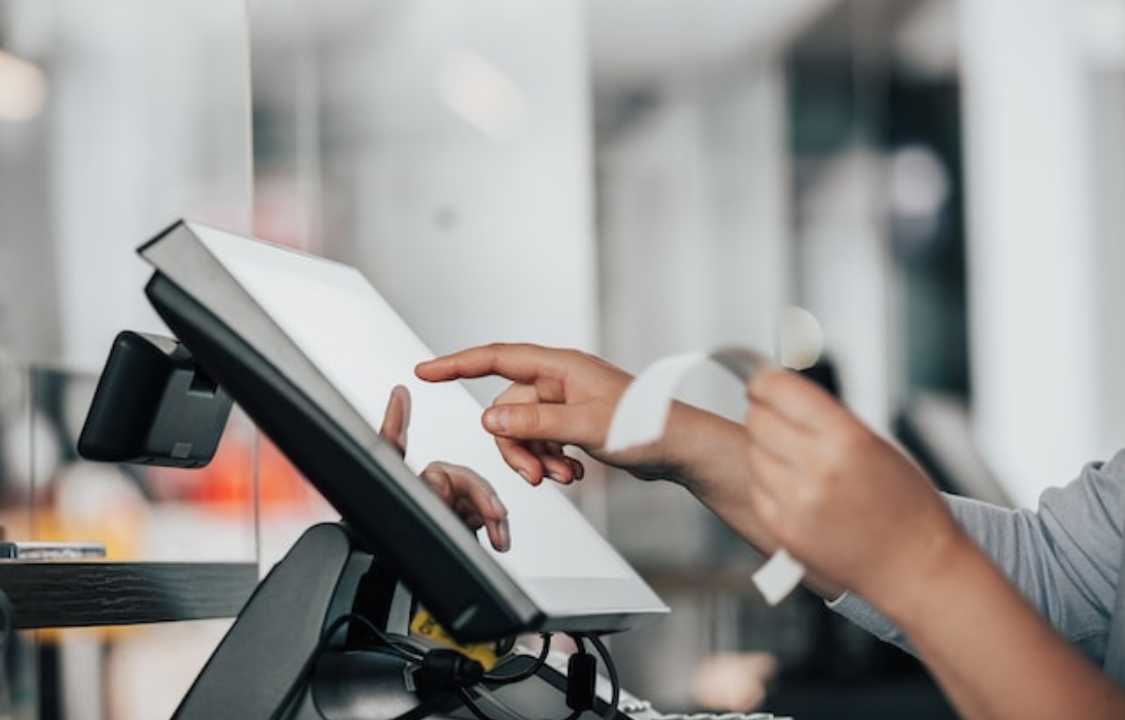Medical Care
6 Benefits of Electronic Receipts for Your Medical Practice
In today’s digital age, the healthcare industry is witnessing a significant transformation in its operational procedures. This evolution is prominently seen in the way payment processing methods are conducted. Traditional practices involving stacks of paperwork and the potential for human errors are gradually being replaced by more efficient and secure electronic payment processing systems. One of the notable aspects of this transition is the utilization of electronic receipts, which come with numerous advantages for healthcare practices. In this comprehensive guide, we will delve into six key benefits of electronic receipts for medical practices.
1. Enhanced Customer Satisfaction
Paper receipts are not only cumbersome to handle but are also prone to getting lost, damaged, or misplaced. This can be a source of frustration for patients and clients, especially when they need to produce receipts for tax purposes or for reimbursement. Electronic receipts offer a practical solution to these issues, leading to improved customer satisfaction. These receipts are easy to manage, safe from damage or loss, and highly accessible.
By opting for electronic receipts, you can effortlessly send them to your clients via email, allowing them to access and retrieve the receipts conveniently. Employing a reliable payment platform like Encuadrado streamlines this process, enabling you to receive payments online, generate electronic receipts, and promptly send them to your medical practice clients. The convenience and efficiency offered by electronic receipts contribute to higher customer satisfaction.
2. Increased Staff Productivity
The implementation of electronic payment processing systems not only benefits patients but also significantly enhances the productivity of your medical practice’s staff. Traditional payment methods, involving paper receipts, often lead to repetitive and time-consuming tasks such as generating receipts and reconciling financial statements. Handling bounced checks and bank deposits can also consume a considerable amount of time and resources.
By transitioning to electronic receipts, your staff is liberated from these arduous responsibilities. This, in turn, allows them to focus on more value-added tasks, thereby increasing overall efficiency and productivity. Electronic receipts serve as a robust mechanism for safeguarding sensitive patient data, mitigating the need to manage extensive office cabinets filled with paper receipt files.
Additionally, the ease of accessing electronic receipts simplifies the workflow for your staff. Unlike paper receipts that require sorting through stacks of physical files to locate specific information, electronic receipt records can be swiftly accessed with just a few clicks. This enhanced accessibility not only simplifies data retrieval but also facilitates processes such as rebilling, refund processing, and the setup of recurring payments.
3. Accessibility and Convenience
One of the distinguishing features of electronic receipts is their ease of access. Unlike hardcopy receipts, electronic receipts are stored digitally, often in secure cloud-based systems. This digitized storage optimizes the workflow as there is no longer a need to expend time and effort searching through paper files. Additionally, the manual data entry required for paper receipts is susceptible to human error, whereas electronic receipts can be easily managed and tracked with the help of receipt scanners.
4. Swift Receipt Sharing with Accounting Teams
Sharing paper receipts with your accounting department can be a cumbersome process. It often involves the time-consuming task of scanning hard copies, which can sometimes compromise the quality and clarity of the digitized data. In contrast, electronic receipts offer a more efficient and straightforward method for sharing financial data with the accounting team.
Electronic receipts are stored in a digital format that preserves data integrity and visibility. This means that sharing receipts with multiple team members is effortless and does not necessitate making physical copies. Furthermore, the digital nature of electronic receipts allows for remote access. This means that you can share and send receipts to your accounting team even when you are away from the office, streamlining the financial management process.
5. Minimizing Exposure to BPA
Many paper receipts contain the chemical bisphenol A (BPA), which poses health risks when touched frequently. Using printed paper receipts exposes you and your staff to this chemical more often than necessary. The act of handling paper receipts increases your exposure to BPA, which is best minimized for the sake of everyone’s health and safety.
The adoption of electronic receipts is an effective solution to this concern. Electronic receipts do not involve physical contact and are therefore much safer for your clients and staff. Minimizing exposure to BPA is one of the hidden health benefits that electronic receipts offer in a medical practice.
6. Reduction of Clutter and Storage Costs
Last but not least, electronic receipts provide a remarkable solution to the challenges associated with storing and organizing paper receipts. Hard copy receipts require substantial storage space, often leading to the purchase of archive boxes to house receipt files. This situation not only consumes physical space but also incurs additional costs.
With the adoption of electronic receipts, healthcare practices can effectively reduce clutter and eliminate the need for dedicated storage space. This ultimately translates into cost savings, as you will no longer have to invest in storage solutions, whether in the form of additional office space or storage containers. The removal of a physical paper trail from your medical facility not only streamlines the workspace but also enhances the overall efficiency of your practice.
In Conclusion
The transition from traditional paper receipts to electronic receipts is indicative of the broader digital transformation that the healthcare industry is experiencing. It is clear that electronic receipts offer a multitude of benefits for both healthcare providers and patients. Patients experience enhanced satisfaction, while healthcare staff benefit from increased productivity and simplified workflow processes. Moreover, electronic receipts promote accessibility, reduce exposure to harmful chemicals, and lead to cost savings associated with storage and organization. In conclusion, electronic receipts are a practical and efficient solution that improves the operational and administrative aspects of healthcare practices, ultimately fostering a more streamlined and customer-centric approach to patient care.

